Most of the Internet’s websites have just one function: to sell or be sold. Of all the web domains in existence, nearly 75 percent are parked. It is a digital world full of “For Sale” signs, and links powered by Google AdSense.
This hasn’t always been the case. In the 1990s, the Internet was still largely unbuilt. Nobody told me how to navigate this space—this was before Google was a verb—so when I was a kid, I would type random web addresses into Netscape. Hours were spent punching in names, hoping my blind coordinates would take me somewhere: tlcfanclub.com, prussianhistory.com, peanuts.com, corinna.com.
Most of my aimless typing resulted in this:
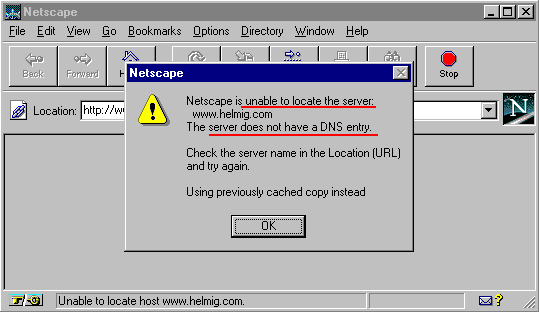
In the mid-1990s, this type of window popped up more commonly than today: fewer domain names had been claimed. In January 1996, there were only 100,000 websites. The Internet was full of uncharted territory, and you could still buy up “premium” domain names (short words, acronyms) without spending tens of thousands of dollars. Now there are close to 1 billion sites, and most of them are not associated with an email or individual owner. It’s hard to tell if these sites even have a purpose.
Type in just any string of phrases and these pages should look familiar:

Surely part of the reason why we have so much useless real estate are the names themselves. Who would want to use peanugget.com—and who would buy peanugget just to make money? It’s like renting out a vacation timeshare, but only during hurricane season. That’s not going to make you money.
Sometimes ads pop up even when a forgetful user hasn’t done anything with their site. When that happens, the domain hosting company (like GoDaddy or Domain.com) will cover your page in money-making links. (You can remove those ads, but only with a little bit of knuckle grease.)

One of my new website purchases: Prior to doing anything to make this website fancier, Domain.com did the job for me!
I haven’t done anything to Waleadbeshty.com yet—but the registrar has already papered the site with ads. It’s wallpapered to make money.
There are no natural preserves, no parks, no historic sites, just this land of “For Sale” signs.
Sitting on property and waiting for a profit isn’t just a digital phenomenon: the same problem of real estate speculation happens in New York City, which, according to a recent report in Gotham Gazette, contains over 7,000 vacant lots. Mayor de Blasio’s administration is seeking to reduce those numbers by raising taxes on these lots, hoping such a measure will pressure speculators to make use of those lots. In effect, they’ll be made into liveable spaces.
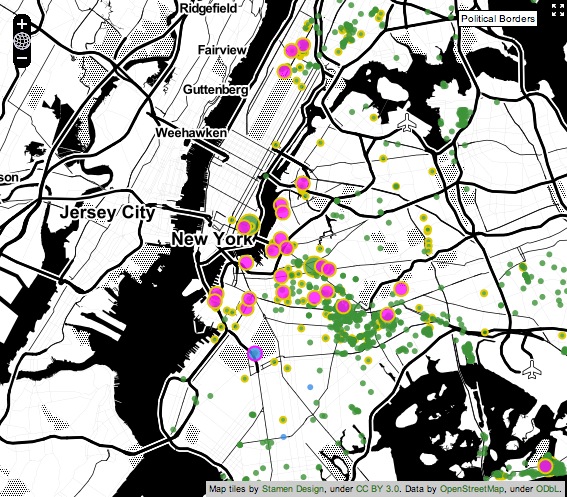
Data visualization showing New York City’s 1087 public vacant sites; there are 1247 lots covering a total of 411.29 acres. Courtesy of 596 Acres.
No such such taxes exist on parked domains—though there are laws against cybersquatting. Cybersquatting isn’t just “sitting” on a domain and doing nothing; you’re only bound to get in legal trouble by planning to make money off a domain due to its similarity to celebrity namesakes or well-known brands. Re: eToy, or Eminemmobile.com. Laws against cybersquatting exist to protect against patent trolls, not to carve out and create livable or protected spaces—like we do with more “physical” IRL spaces like public parkland or historic sites.
Though rare, you can still find “functionless” websites that don’t treat online space like a page out of Learning From Las Vegas. For one, there’s Hell.com, a website owned by investor Rick Latona and up until recently kept it white, and devoid of ads. Latona purchased the site from artist Kenneth Aronson, who picked up the domain name in the early 90s and used the site as a place for artists to make work. Rumor had it that the site’s sale would create a grant for artists, but that never happened. Though the page isn’t blank any longer, that whiteness points to how I imagined the net as a kid, and still hope for now: a map with plenty of blank spots in need of exploring, and cultivating, all without that immediate click-now mentality.
Living in a world where the divide between the lives we live online and offline aren’t so different, it’s not unimaginable to think that eventually we’ll want our Internet landscape to be treated as such—as land—with urban growth boundaries, historic landmark preservation, land trusts, and the like. I don’t know what our parks would look like, but I can imagine spaces devoted purely to rest or meditation. And they are needed because right now, there are barely any regulations to prevent a frontier where capitalism runs wild and free, blinking with ads day and night.


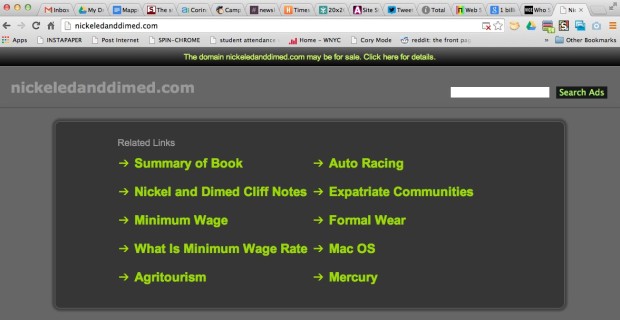
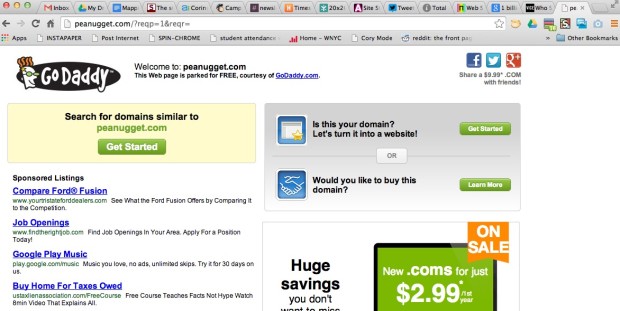

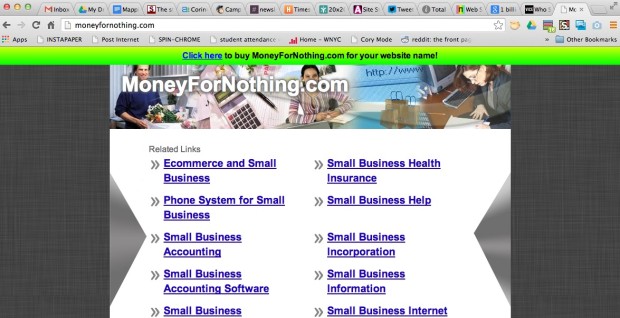

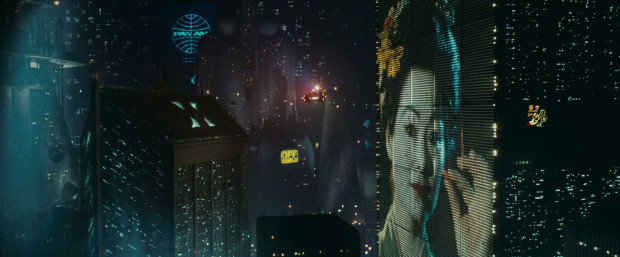

{ 1 comment }
great article
Comments on this entry are closed.